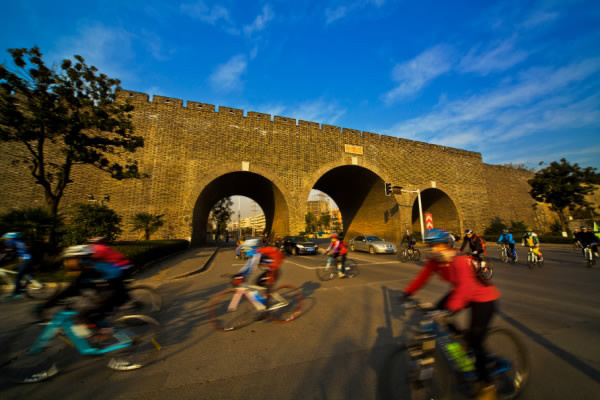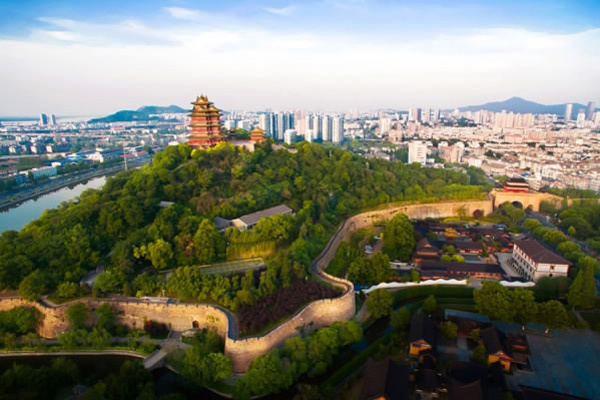City walls: Preservation of living history in China
 0 Comment(s)
0 Comment(s) Print
Print E-mail CGTN, September 12, 2017
E-mail CGTN, September 12, 2017
|
City wall in Nanjing city, Jiangsu province [Photo/CGTN] |
In historical Chinese cities like Nanjing and Xi’an, the ancient city walls stand downtown, forming a spectacular combination of the past and the present, of a historical relic and the modern metropolis.
A remnant of the country’s thousands of years of history, they attract tourists from around the globe.
However, according to Yang Guoqing, expert of the Nanjing City Wall Protection Management Center, the city walls are slowly disappearing.
A meeting on September 18 will focus on preserving these walls – many from the Ming and Qing dynasties – by applying for them to be a part of World Heritage Sites.
“To some extent, the move is just a starting point, and the main focus is to help the local governments protect the city walls, which are already on the brink of disappearance,” said He Yun’ao, director of the Cultural and Natural Heritage Research Center at Nanjing University.
|
City wall in Nanjing city, Jiangsu province [Photo/CGTN] |
Living history: ancient city walls
As a cradle of civilization, China’s first city wall was built some 6,000 years ago during the Neolithic Age. As an indispensable part of the ancient Chinese cities, the city walls served as part of the defense systems as well as the architectural experience. It also had political symbolic significance.
In the ancient times, each city's walls were made of different layers varying in scale and form. There were strict rules for the height, width, as well as the number of gates and towers depending on whether the city was the capital, a provincial capital or a county.
The study of these ancient walls have allowed experts to decipher traditional Chinese cultures and history.
“For instance, the city wall of Nanjing. Nanjing’s city walls were not built following the traditional shape of a square. Instead, it was built in accordance with astronomy,” said Yang.
“Originally, the ancient Nanjing city wall had 13 gates, each representing a constellation. The main palace was located at the center of the Plough, and that is why the rulers at that time preferred to fill the lake to build the palaces,” said Yang.
According to Yang, Nanjing’s city wall is a mixture of Taoism which was just taking off at the beginning of the Ming Dynasty (1368-1644) and the special geographic location of the city.








Go to Forum >>0 Comment(s)